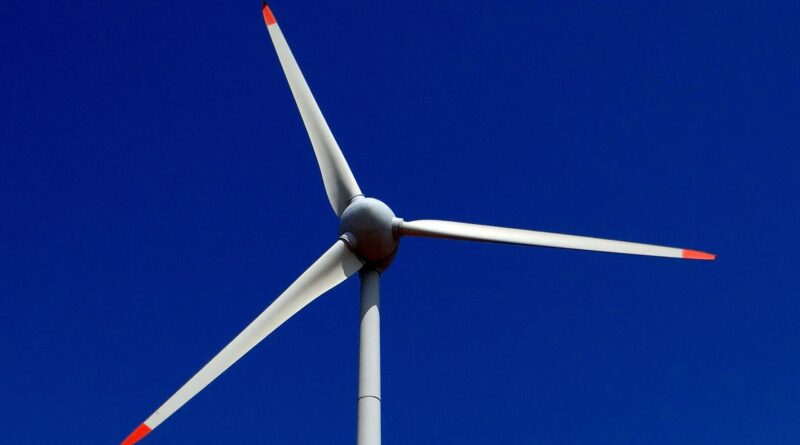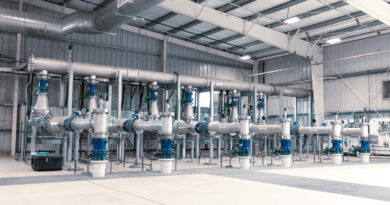DOE Says: Wind Turbines: The Bigger, the Better
The DOE discusses the development of modern wind turbines.
According to the U.S. Department of Energy, since the early 2000s, wind turbines have grown in size—in both height and blade lengths—and generate more energy. What’s driving this growth? Let’s take a closer look.
Hub Height
A wind turbine’s hub height is the distance from the ground to the middle of the turbine’s rotor. The hub height for utility-scale land-based wind turbines has increased 83% since 1998–1999, to about 103.4 meters (~339 feet) in 2023. That’s taller than the Statue of Liberty! The average hub height for offshore wind turbines in the United States is projected to grow even taller—from 100 meters (330 feet) in 2016 to about 150 meters (500 feet), or about the height of the Washington Monument, in 2035.
Turbine towers are becoming taller to capture more energy, since winds generally increase as altitudes increase. The change in wind speed with altitude is called wind shear. At higher heights above the ground, wind can flow more freely, with less friction from obstacles on the earth’s surface such as trees and other vegetation, buildings, and mountains. Most wind turbine towers taller than 100 meters tend to be concentrated in the Midwest and Northeast, two regions with higher-than-average wind shear.
Rotor Diameter
A turbine’s rotor diameter, or the width of the circle swept by the rotating blades (the dotted circles in the second illustration), has also grown over the years. Back in 2013, no turbines in the United States employed rotors that were 115 meters (380 feet) in diameter or larger, while in 2023 98% of newly installed turbines featured such rotors. In 2023, the average rotor diameter of newly-installed wind turbines was over 133.8 meters (~438 feet)—longer than a football field, or about as tall as the Great Pyramid of Giza.
Larger rotor diameters allow wind turbines to sweep more area, capture more wind, and produce more electricity. A turbine with longer blades will be able to capture more of the available wind than shorter blades—even in areas with relatively less wind. Being able to harvest more wind at lower wind speeds can increase the number of areas available for wind development nationwide. Due to this trend, rotor swept areas have grown around 670% since 1998–1999.
Nameplate Capacity
In addition to getting taller and bigger, wind turbines have also increased in maximum power rating, or capacity, since the early 2000s. The average capacity of newly installed U.S. wind turbines in 2023 was 3.4 megawatts (MW), up 5% since 2022 and 375% since 1998–1999. In 2023, there was an increase in the proportion of turbines installed in the size category of 3.5 MW or larger. Higher capacity turbines mean that fewer turbines are needed to generate the same amount of energy across a wind plant—ultimately leading to lower costs.





